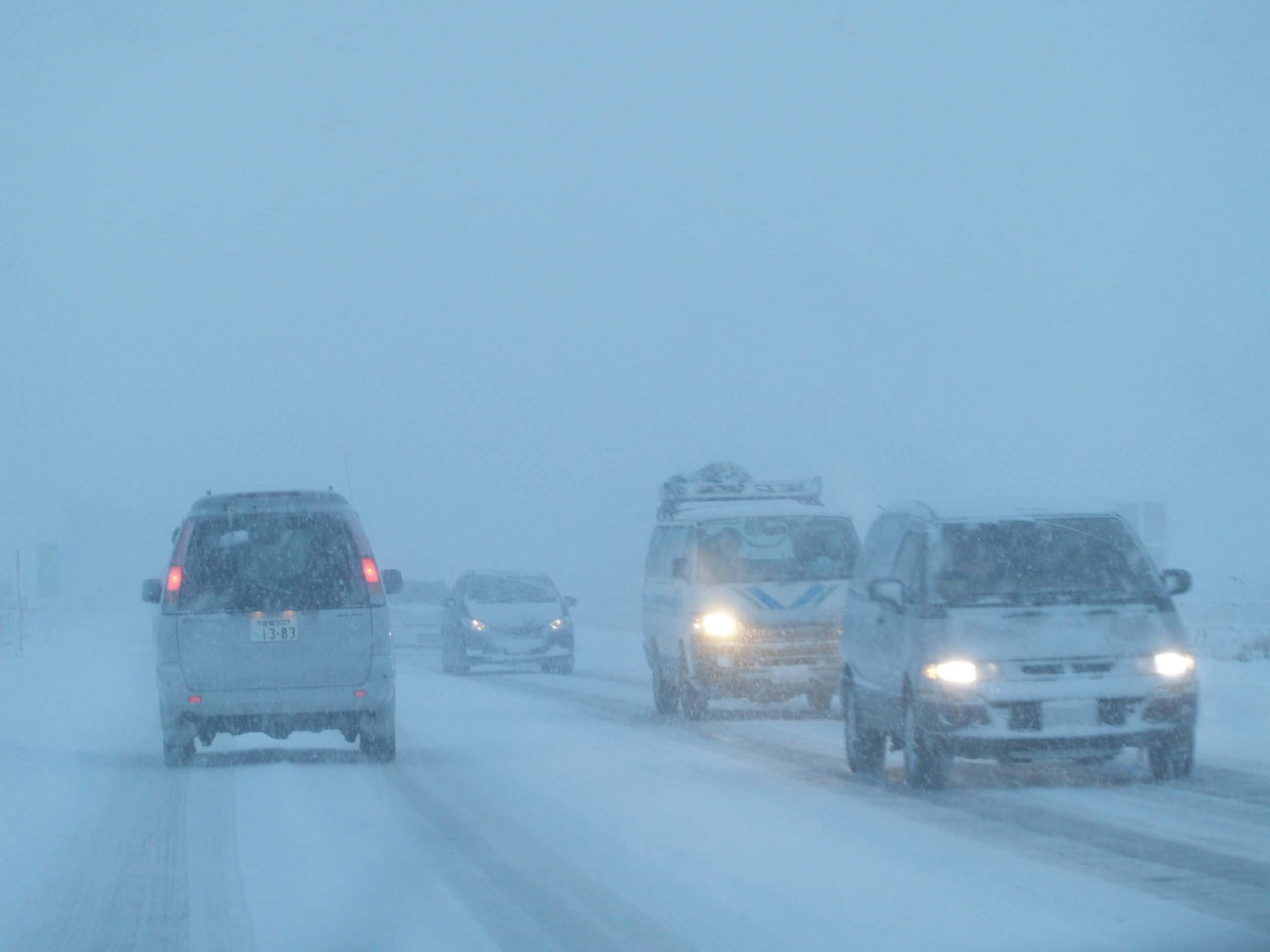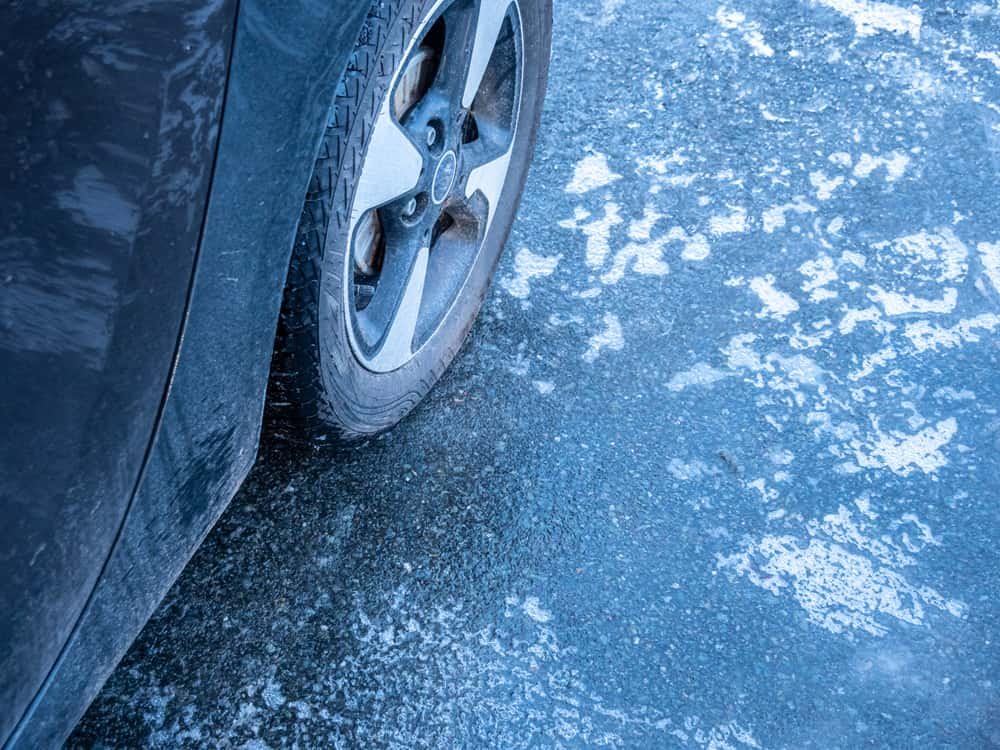Winter Driving Tips
Winter, with its picturesque landscapes and holiday cheer, also brings the challenge of navigating icy roads, snowstorms, and frigid temperatures. The dangers associated with winter driving are very real, from slippery roads to reduced visibility.
However, with the right knowledge and precautions, you can ensure a safer journey.
Dangers of Winter Driving
Winter driving can be treacherous. Icy roads, reduced visibility, and unpredictable weather conditions can lead to accidents.
According to the Federal Highway Administration, over 116,000 Americans are injured and more than 1,300 lose their lives in winter-related accidents each year.
These dangers underscore the importance of being well-prepared and informed before hitting the winter roads.
Check Your Tires
Ensure your tires are in top condition for winter driving. Worn-out or improperly inflated tires can significantly reduce traction on slippery roads.
In fact, according to the National Highway Traffic Safety Administration (NHTSA), tire-related issues contribute to 11,000 crashes annually.
Consider switching to winter tires, which offer better grip on snow and ice.
According to a study by the Rubber Manufacturers Association, winter tires can reduce stopping distance on icy roads by up to 25%.
Maintain Visibility
Ensure your windshield wipers are in good condition and replace them if needed. Clear all snow and ice from your windows and mirrors before driving.
NHTSA reports that 42% of weather-related crashes are due to reduced visibility.
Slow Down & Brake Gently
Speeding on icy roads is a recipe for disaster. Reducing your speed gives you more time to react to unexpected hazards.
Statistics from the Insurance Institute for Highway Safety (IIHS) show that speeding contributes to 17% of all winter crashes.
Avoid slamming on the brakes, which can cause your vehicle to skid. Instead, apply gentle, steady pressure to the brake pedal.
The IIHS reports that improper braking contributes to 12% of winter crashes.
Increase Following Distance
Maintain a safe following distance from the vehicle in front of you. On slippery roads, it takes longer to stop, and increasing your following distance can prevent rear-end collisions.
In fact, following too closely is the leading cause of winter accidents.
Be Prepared for Emergencies
Carry an emergency kit in your vehicle, including items like a foldable shovel, blankets, winter clothing, a flashlight, non-perishable food, and a first-aid kit.
These supplies can be a lifesaver if you become stranded in winter conditions. NHTSA reports that more than 50% of winter-related accidents (resulting in loss of life) happen from vehicle breakdowns.
Maintain Your Fuel Level
During winter, keeping your fuel tank at least half full is crucial. Cold temperatures can cause moisture to form in your fuel lines, potentially leading to freezing and engine problems.
Additionally, having a sufficient fuel reserve is essential in case you become stranded in winter conditions. In an emergency, your vehicle's engine can provide heat, which can be a lifesaver if you're stuck in the cold.
Regularly checking and topping up your fuel tank is a small but significant step in winter preparedness.
Watch for Black Ice
Black ice, often nearly invisible, poses a severe hazard during winter. This thin layer of ice can form on roads, especially on bridges, in shady areas, or on untreated surfaces.
To spot black ice, look for glossy, dark patches on the road surface. Approach these areas with extreme caution, reduce your speed, and avoid sudden maneuvers.
Black ice is notorious for causing accidents due to its unexpected nature, so maintaining a vigilant watch for it is critical for your safety.
Use Low Beams in Snowfall
Driving in heavy snowfall can be disorienting, especially when your headlights reflect off the falling snow, reducing visibility.
To combat this, use your vehicle's low-beam headlights instead of high beams. Low beams are less intense and produce less glare, allowing you to see the road better and reduce the risk of blinding other drivers.
Using low beams in snowy conditions helps create a safer driving environment by improving overall visibility and reducing the chances of accidents caused by difficult vision.
Avoid Cruise Control
Cruise control can be a convenient feature on long drives, but it's not suitable for winter conditions. When roads are slippery, engaging cruise control can lead to unsafe situations.
For instance, if your vehicle encounters ice or loses traction, cruise control may attempt to accelerate, potentially causing a skid or spinout.
To maintain better control of your vehicle in winter, it's advisable to avoid using cruise control altogether. This simple adjustment can make a significant difference in your ability to respond to changing road conditions and avoid accidents.
Clear Foggy Windows on Cold Days
Foggy windows can severely limit visibility on cold winter mornings. To combat this issue, start your car and use the defrost setting, directing warm air onto the windshield and windows.
Crack open a window slightly to allow moisture to escape. Using an anti-fog solution on the interior of your windows can also help prevent fog buildup.
Keep your windows clean on the outside to minimize glare, which exacerbates foggy windows. Remember, clear visibility is crucial for safe winter driving.
Be Ready for Frozen Car Doors
Frozen car doors are a common nuisance in cold weather. When temperatures drop, moisture in and around the door seals can freeze, making it difficult or even impossible to open your car door.
To prevent this, apply a silicone-based lubricant to the rubber door seals before winter sets in. If your door is already frozen shut, you can use a de-icing spray or warm water (not hot) to melt the ice.
Avoid using excessive force, as this can damage the door or handle. Always exercise caution to avoid accidents, especially when attempting to open a frozen car door on a busy road.
Know How to Get Un-stuck
Getting your tires stuck in the snow is frustrating and can be a safety hazard.
If your tires do become stuck, avoid spinning them excessively, as this can dig a deeper hole. Instead, gently rock the vehicle back and forth by shifting between drive and reverse.
If possible, use sand, salt, or kitty litter under the tires for added traction. You can also try deflating the tires slightly to increase their footprint on the snow.
Keep a sturdy shovel in your car to dig out snow from around your tires if needed. Always exercise patience and caution when dealing with stuck tires in snowy conditions.
Final Thoughts
Winter driving demands caution and preparation. By following these essential winter driving tips, you can reduce the risks associated with winter road conditions and ensure a safer journey.
Remember, safety should always be your top priority when navigating the challenges of winter driving.






















